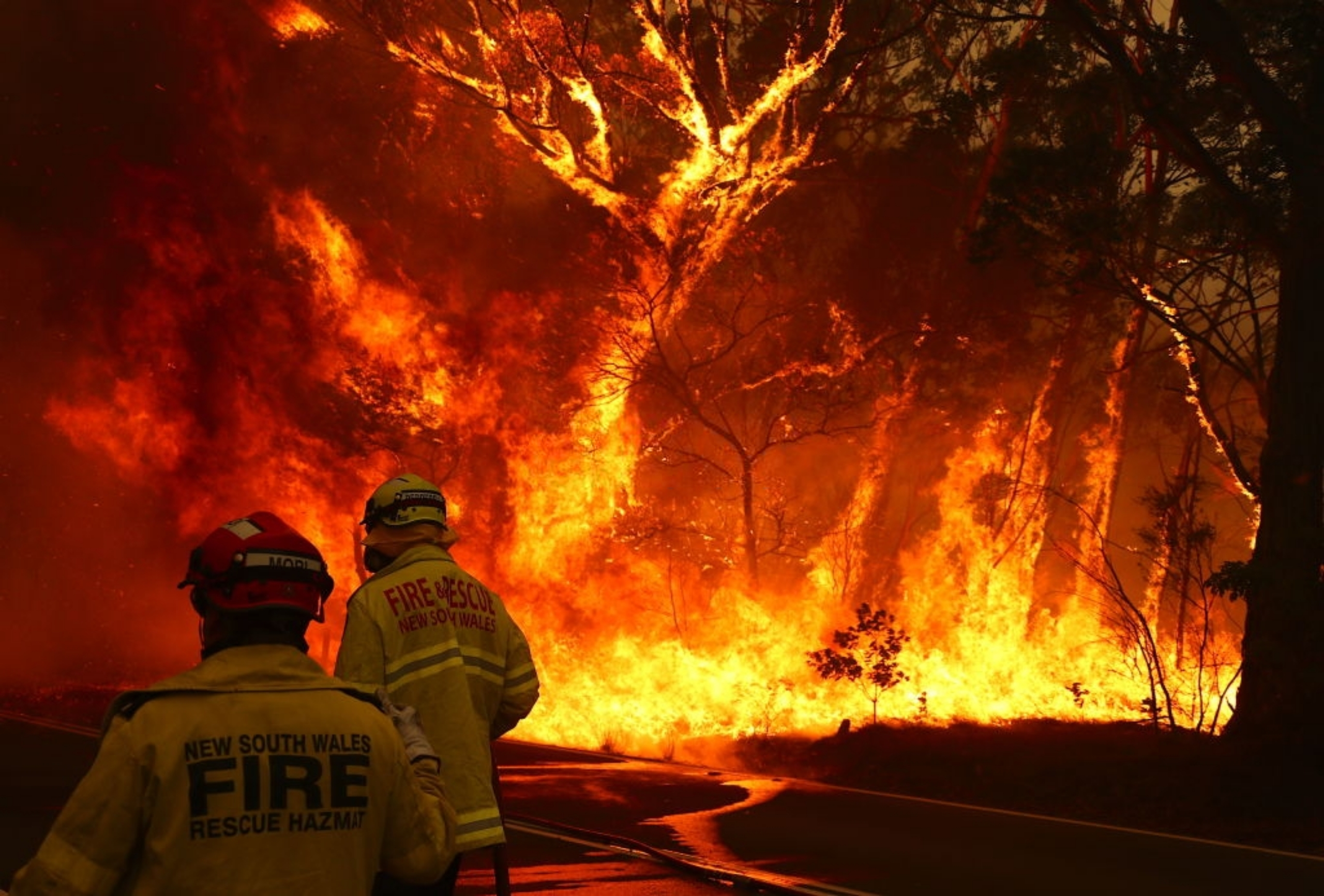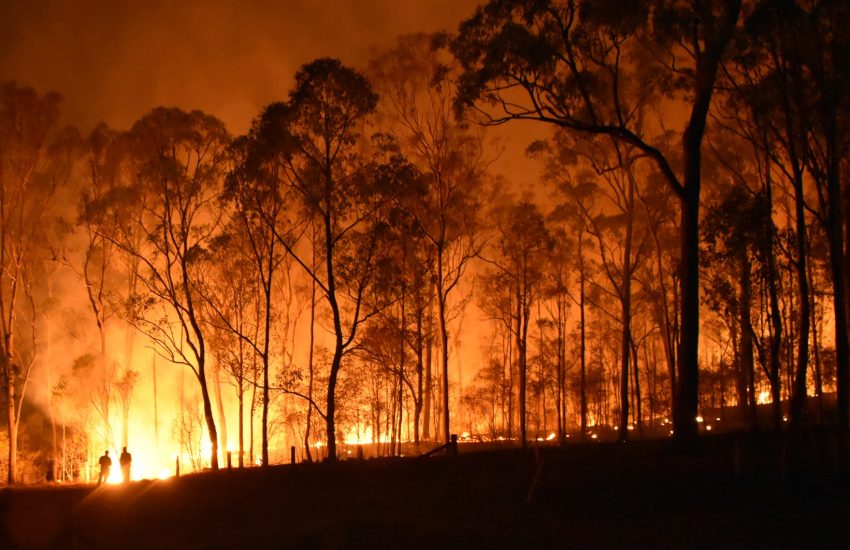Bushfires have long been part of the Australian landscape but some of the worst will always stay in our minds. The most devastating fires are usually preceded by record-high temperatures, low relative humidity and strong winds, which create ideal conditions for the rapid spread of fire. Though much of Australia has come out of severe drought and much of the outback is green, this spells trouble for bushfire risk assessment agencies like Land Management Systems, as grasslands have significantly increased – providing a ready fuel source for bushfires.
In urban areas, fine fuels such as mulch, timbre decks and housing materials dry out in high heat and low humidity, which helps feed the flames. But not all urban areas are at high risk.
Bushfire management
The Northern Territory, for example, has avoided fire-related deaths despite the widespread yearly presence of bushfires throughout the state. Researchers attribute this to relatively mild fire weather conditions, the state’s sparse population and community awareness.
While New South Wales, Canberra, South Australia and Tasmania have all experienced devastating bushfires in recent years, it is Victoria – particularly in regions near Melbourne—that stands out as a hotbed for bushfire activity. Four of the five deadliest fires on record in Australia have been in Victoria. They include:
1. Black Summer, July 2019 – March 2020
High temperatures following years of repeated drought brought one of the worst bushfires seasons to ever strike. The Black Summer fires ravaged the Australian landscape, in NSW alone 5.4 million hectares burned, sending recording-breaking temperatures across the country. Smoke from the fires was responsible for 450 deaths, while2 6 fatalities were directly caused by the fires. In total, over 18 million hectares of land were burnt, creating devastating losses to biodiversity.
2. Black Saturday (VIC), 7-8 Feb 2009
Black Saturday resulted from some of the worst fire conditions ever recorded in Victoria. Record-high temperatures and strong winds after a season of intense drought set the bush alight across the state, causing widespread devastation, 173 fatalities and the destruction of more than 2000 homes.

3. Ash Wednesday (VIC, SA), 16-18 Feb 1983
Widespread drought, gale-force winds, high temperatures and low relative humidity set the scene for a series of fires across Victoria and south-eastern South Australia. Accidents and arsonists started most of the fires, which spread rapidly through scenic residential regions near Melbourne and Adelaide, resulting in the death of 75 people and the destruction of nearly 1900 homes.
4. Black Friday (VIC), 13-20 Jan 1939
Drought conditions and water shortages also preceded Black Friday, but the usual combination of high temperatures, strong winds, and low humidity finally triggered fires throughout bush communities near Melbourne. Well-meaning locals and graziers made the problem worse by trying to use controlled burns to protect themselves from disaster, only to see their good intentions help spread the flames. In all, 71 people were killed and 650 houses were destroyed. A Royal Commission investigation into the fires led to increased fire awareness and prevention efforts throughout Australia.
5. Black Tuesday (TAS), 7 Feb 1967
An unusually abundant spring covered Tasmanian forest floors with litter, providing excess fuel for the bushfire season. Strong northerly winds and high temperatures coupled to help fuel at least 80 different fires across southern Tasmania, which swept over the southeast coast of the state and came within 2km of central Hobart. The fires killed 62 people and razed almost 1300 homes.
6. Gippsland fires and Black Sunday (VIC), 1 Feb-10 Mar 1926
Large areas of Gippsland caught fire, culminating in the Black Sunday fires on 14 February that killed 31 people in Warburton, near Melbourne. Over the two-month period, a total of 60 people were killed.
Have you ever experienced a bushfire, or know someone who has? Let us know in the comments below.

